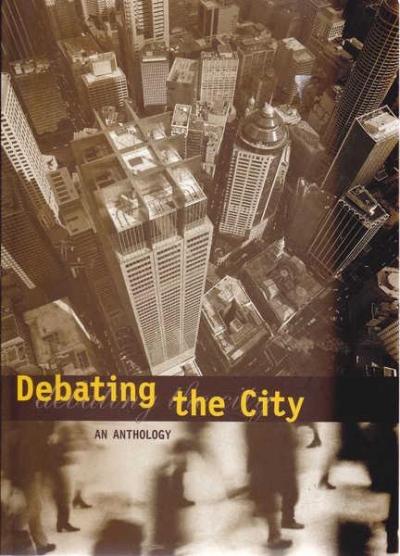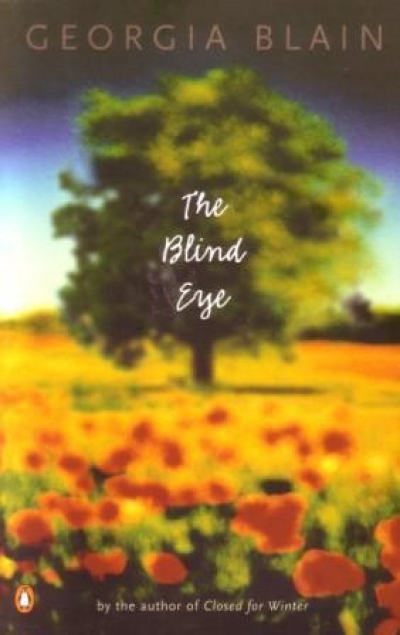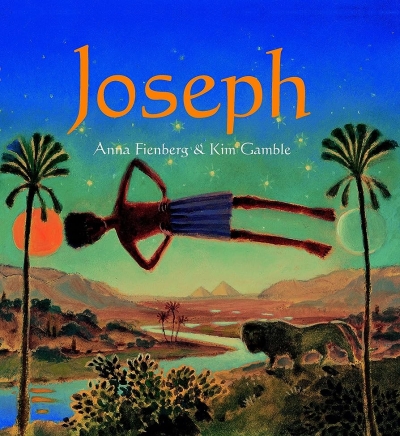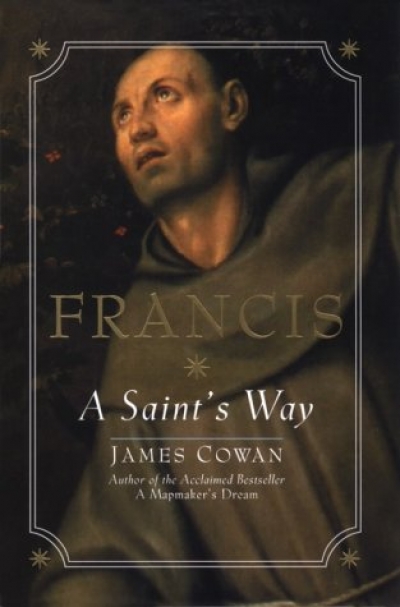Review
The Origins of Irish Convict Transportation to New South Wales by Bob Reece
by Alan Atkinson •
Harriet Huxtable and the Purpose of Rats by Louise Pike
by Margaret Robson Kett •
Debating the City: An Anthology edited by Jennifer Barrett and Caroline Butler-Bowden
by John McPhee •
Myth and Meaning: Australian Film Directors in Their Own Words by Peter Malone
by Brian McFarlane •
The Blind Eye by Georgia Blain & Bella Vista by Catherine Jinks
by Dianne Dempsey •
The picture book format is the workhorse of children’s literature. It is expected to entertain and enlighten audiences ranging from infants and toddlers to young adults. Eric Carle’s The Very Hungry Caterpillar, the quintessential picture book for very young readers, introduces some basic concepts through simple text and colourful collage. At the opposite end of the spectrum, Isobelle Carmody’s fantasy novel, Dreamwalker, published earlier this year with illustrations and design by graphic artist Steven Woolman, has sophisticated teen appeal.
... (read more)The True Life of Jimmy Governor by Laurie Moore and Stephan Williams
by Peter Pierce •
Religion and Culture in Asia Pacific: Violence or healing? by Joseph Camilleri
by Michael Kirby •










